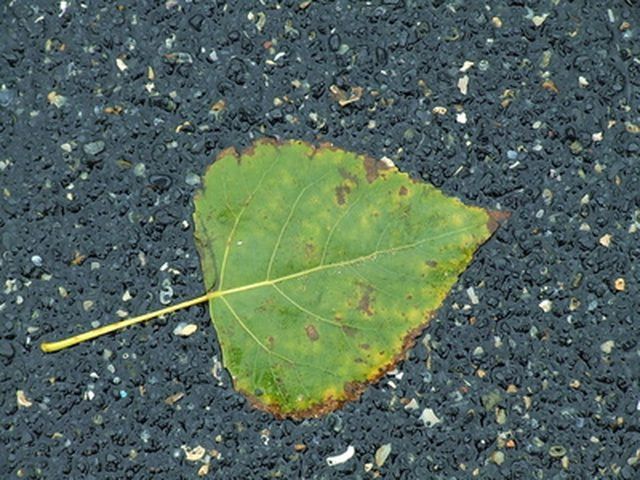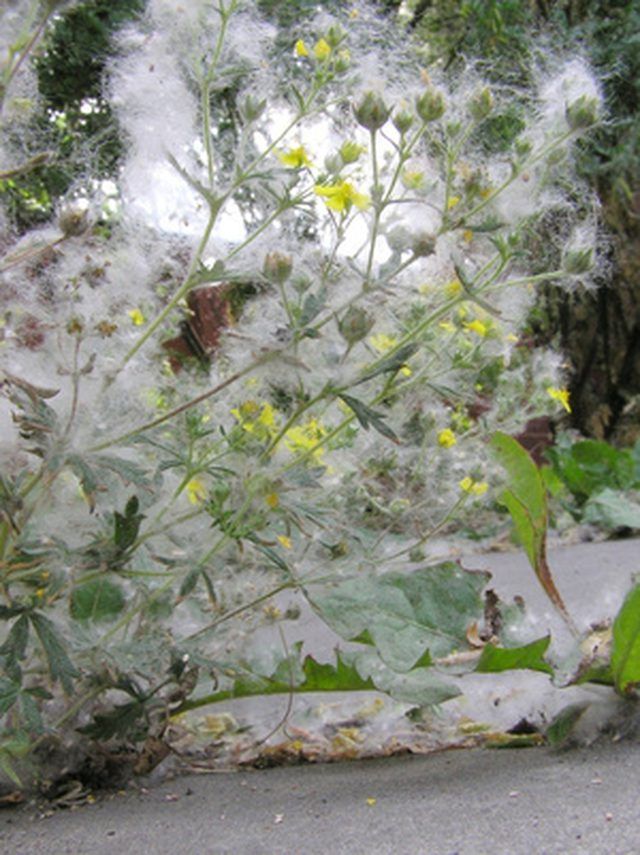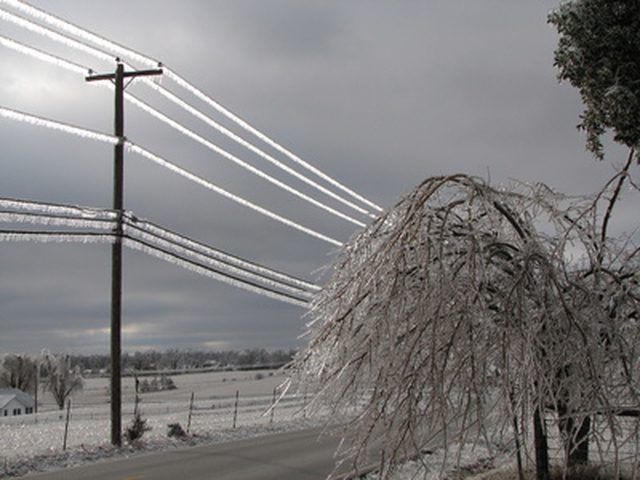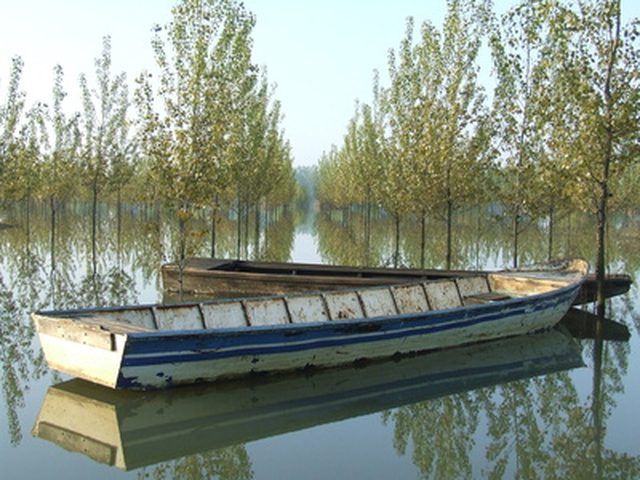Bulbs
Flower Basics
Flower Beds & Specialty Gardens
Flower Garden
Garden Furniture
Garden Gnomes
Garden Seeds
Garden Sheds
Garden Statues
Garden Tools & Supplies
Gardening Basics
Green & Organic
Groundcovers & Vines
Growing Annuals
Growing Basil
Growing Beans
Growing Berries
Growing Blueberries
Growing Cactus
Growing Corn
Growing Cotton
Growing Edibles
Growing Flowers
Growing Garlic
Growing Grapes
Growing Grass
Growing Herbs
Growing Jasmine
Growing Mint
Growing Mushrooms
Orchids
Growing Peanuts
Growing Perennials
Growing Plants
Growing Rosemary
Growing Roses
Growing Strawberries
Growing Sunflowers
Growing Thyme
Growing Tomatoes
Growing Tulips
Growing Vegetables
Herb Basics
Herb Garden
Indoor Growing
Landscaping Basics
Landscaping Patios
Landscaping Plants
Landscaping Shrubs
Landscaping Trees
Landscaping Walks & Pathways
Lawn Basics
Lawn Maintenance
Lawn Mowers
Lawn Ornaments
Lawn Planting
Lawn Tools
Outdoor Growing
Overall Landscape Planning
Pests, Weeds & Problems
Plant Basics
Rock Garden
Rose Garden
Shrubs
Soil
Specialty Gardens
Trees
Vegetable Garden
Yard Maintenance
How Fast Do Poplar Trees Grow?
How Fast Do Poplar Trees Grow?. Poplar is a tree name that refers to a group of trees including cottonwood, quaking aspen, Lombardy poplar and white poplar. Poplars are known for their fast growth rate, and their ability to adapt to a wide range of growing conditions.

Poplar is a tree name that refers to a group of trees including cottonwood, quaking aspen, Lombardy poplar and white poplar. Poplars are known for their fast growth rate, and their ability to adapt to a wide range of growing conditions.
Features
Poplars are fast-growing trees, with some averaging 3 to 6 feet of growth in one season. The cottonwood is the largest in the poplar group, maturing at around 100 feet tall. Lombardy poplars and quaking aspens are popular for use as a fast growing windbreak or natural screen. Some poplars are able to colonize large areas through proliferate seed drop and their ability to sprout new trees from their roots.

Limitations
Trees that have fast growth rates tend to have weak wood and be short-lived. They are often considered a nuisance and hazard because of their tendency to lose branches and limbs in storms and high winds. They are prone to developing branch cankers, which can kill off branches throughout the tree, making it unsightly and hazardous.

Tips
Poplars are suited for some situations, but are not highly recommended for the urban landscape. Poplars are an excellent choice for natural areas and near water where their spread and mess are not a nuisance.
